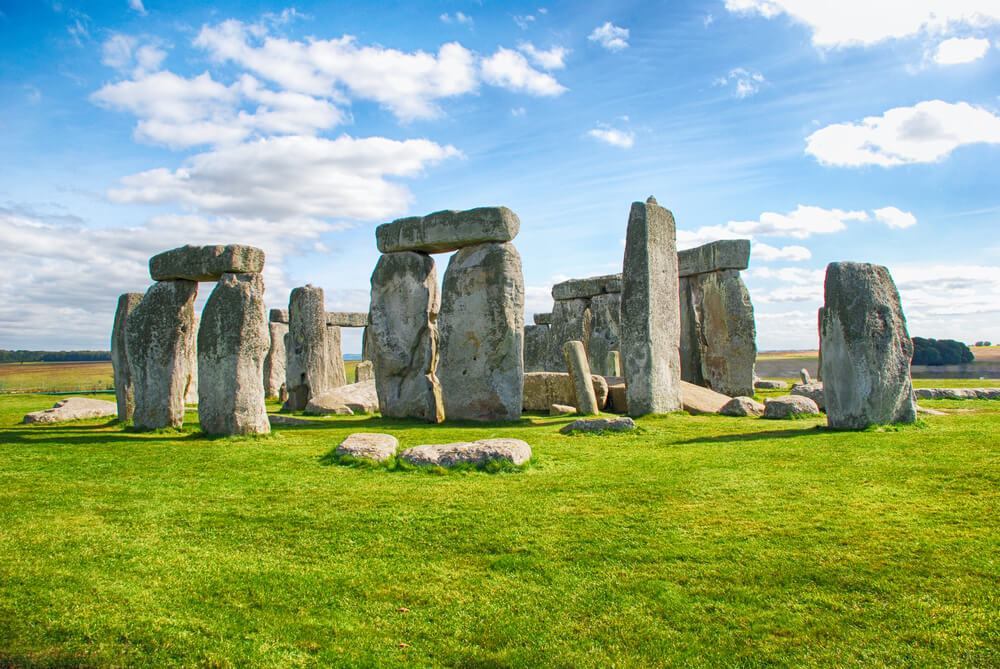Stonehenge is a Unesco World Heritage site that is as iconic as it is mysterious. Today the ancient stone circle on Salisbury Plain is considered the most important monument in England under the British government’s ownership.
However, Stonehenge wasn’t always a government-owned site. It was the private property of Sir Cecil Chubb. He purchased it on September 21 – 1915, for £6,600 (about £680,000 or $934,000 today), at an auction from the Antrobus family. Back then,
Stonehenge was part of the Antrobus family’s Wiltshire Amesbury Abbey estate.
It isn’t entirely clear why Chubb decided to buy Stonehenge, but it’s believed he bought the megalithic monument as a gift for his wife. Another theory holds that, as a patriotic Englishman, he was worried a wealthy American might seize the opportunity to own Stonehenge. What is known is that Chubb’s purchase of Stonehenge was something of an impulsive buy.
Chubb was the proud owner of Stonehenge for about three years. In the final days of World War One, he transferred ownership over to the British government free of charge. Chubb’s donation came with the conditions that free access to Stonehenge be granted to locals, and non-locals would have to pay a small entry fee.
Prime Minister David Lloyd George rewarded Chubb’s generous donation by bestowing the title of First Baronet of Stonehenge on him. Chubb’s son, Sir John Cecil, became the Second Baronet of Stonehenge. Cecil did not have an heir, so the baronetcy of the ancient monument ended upon his death.

